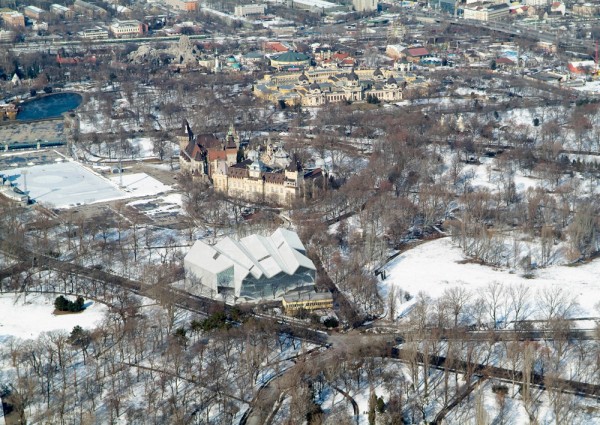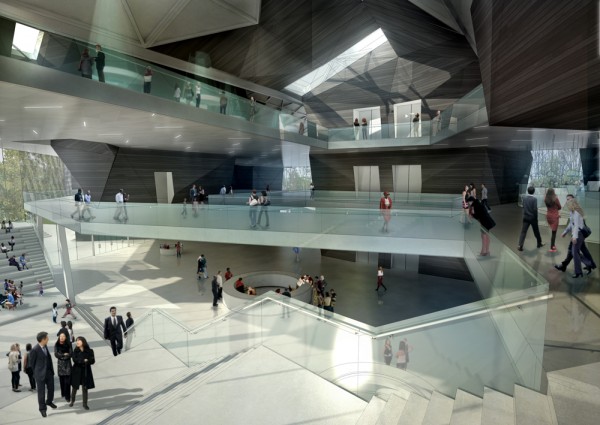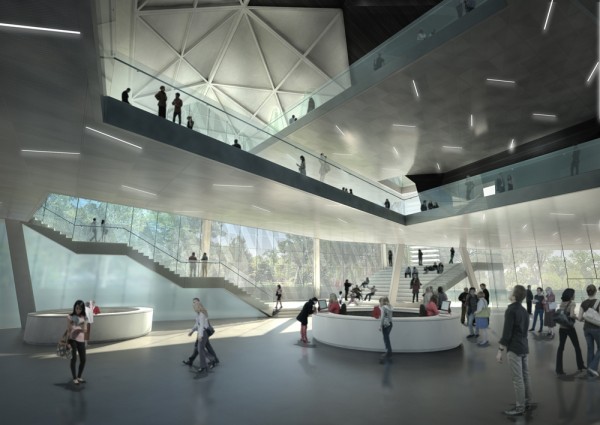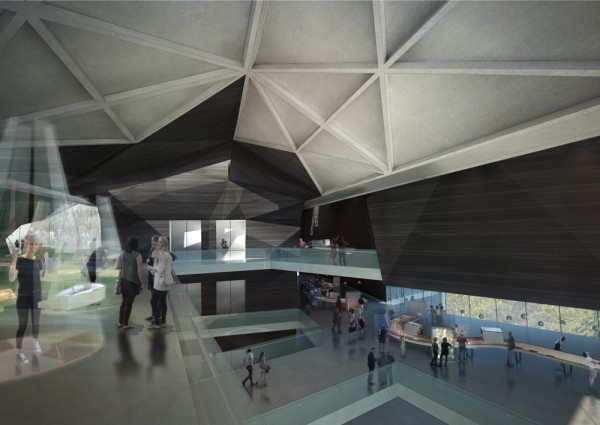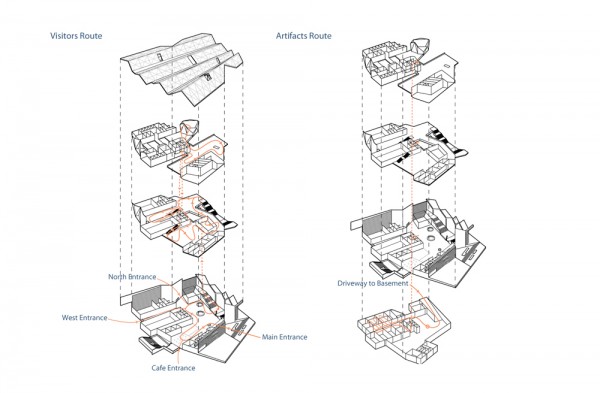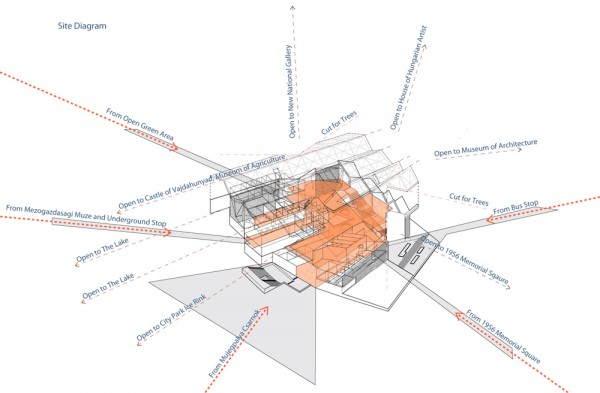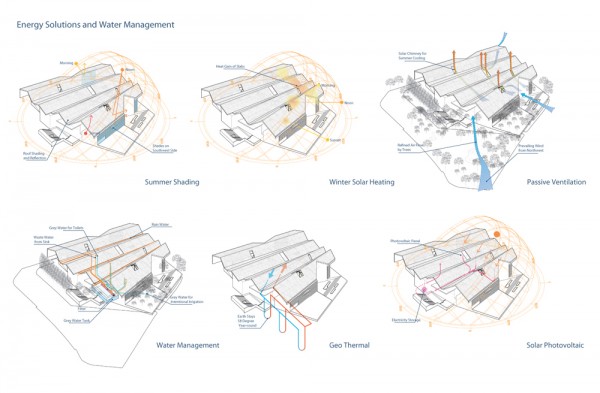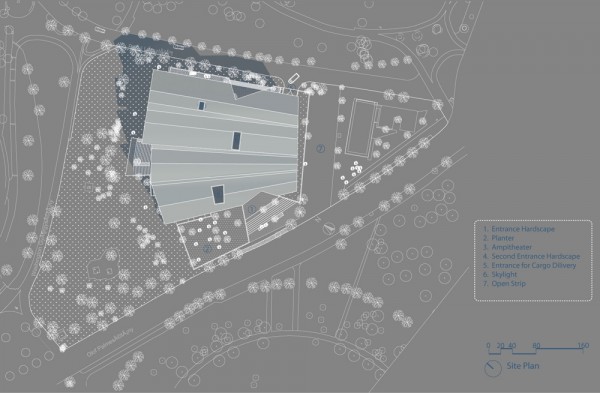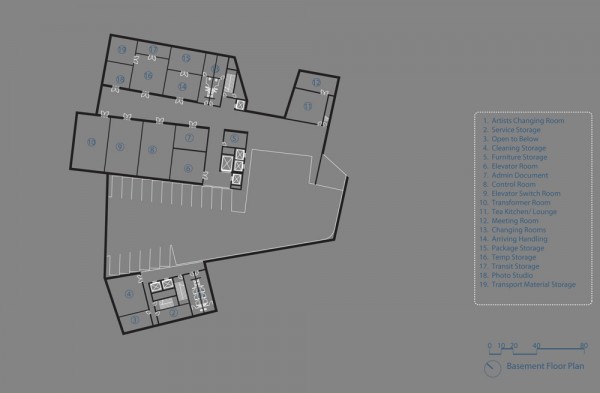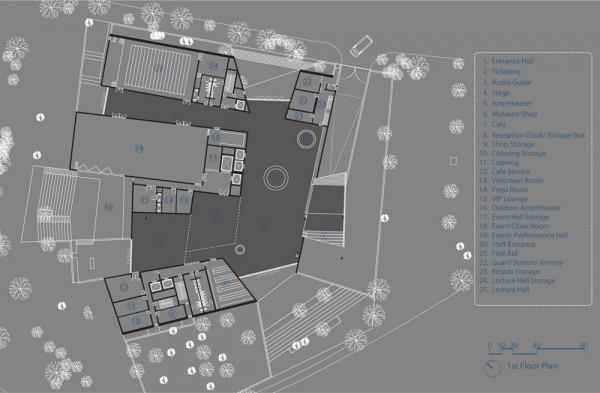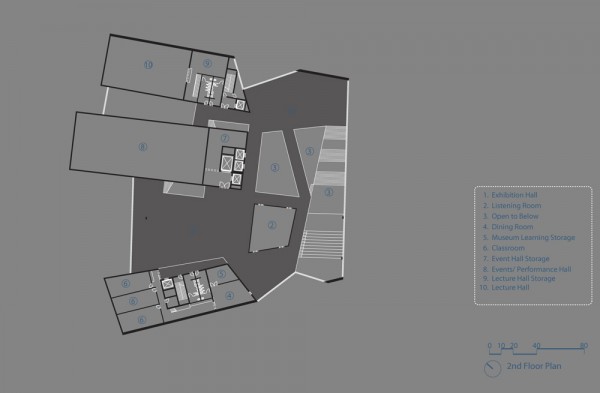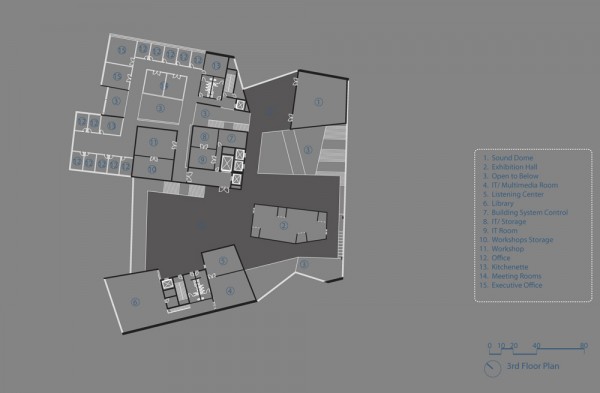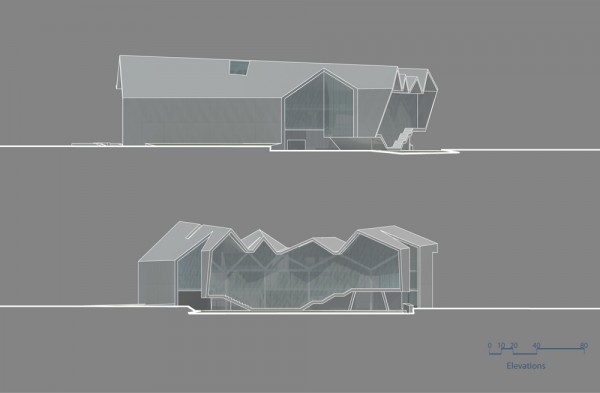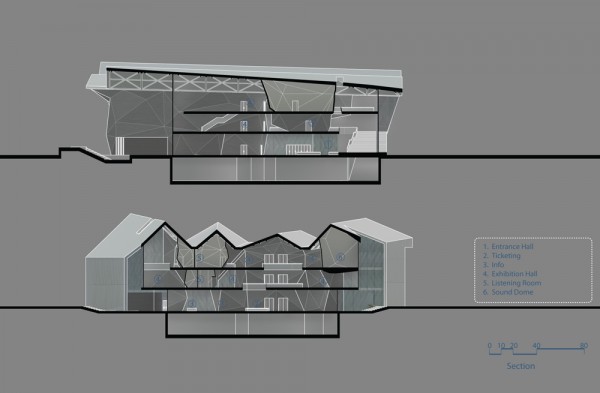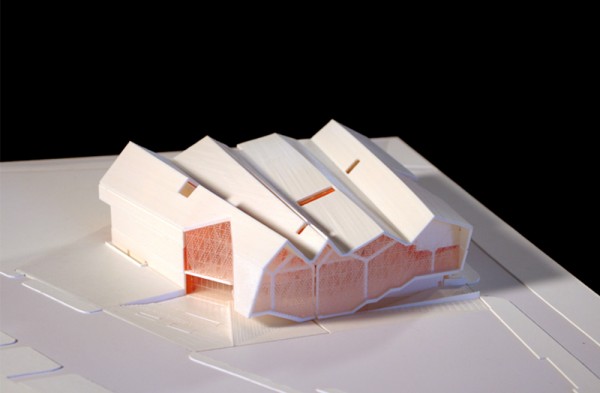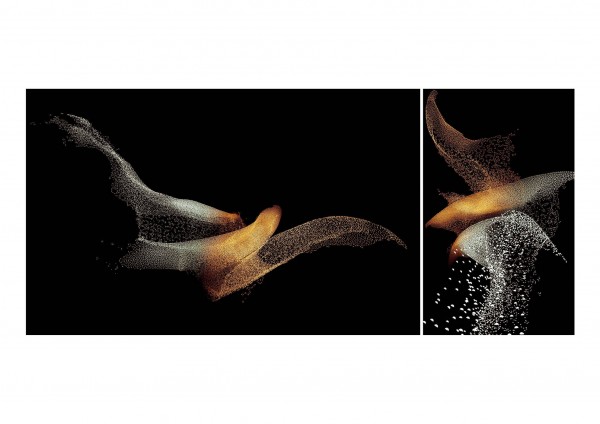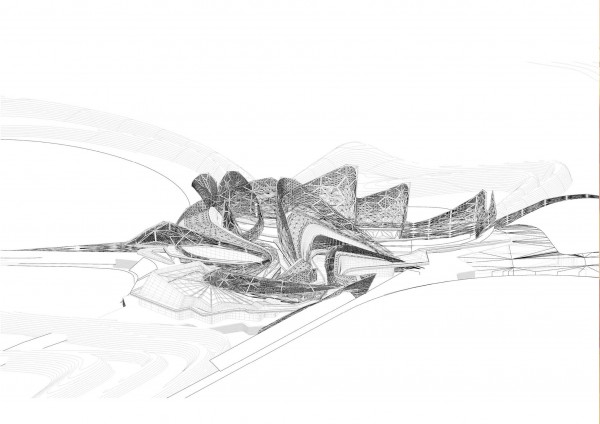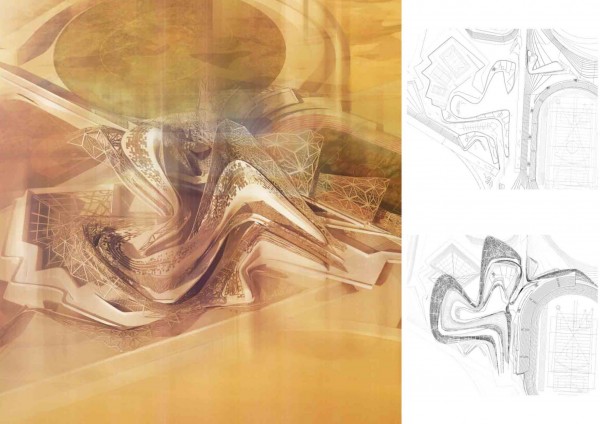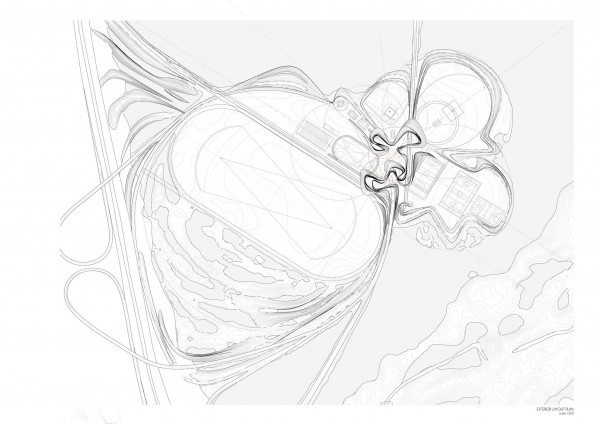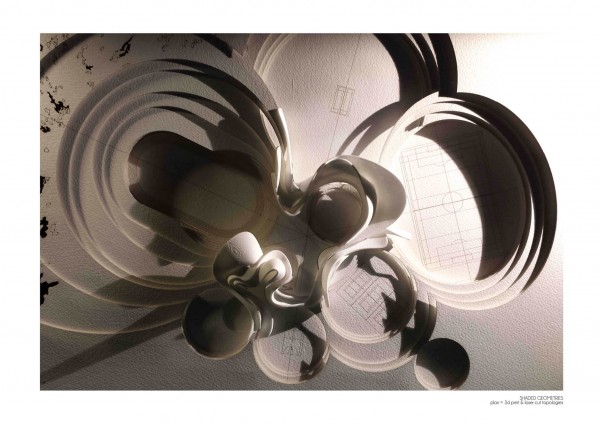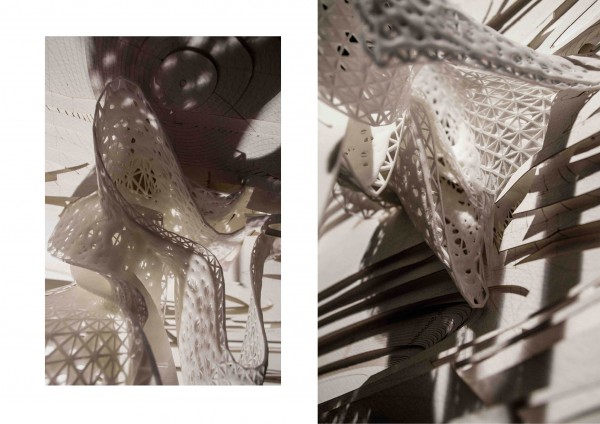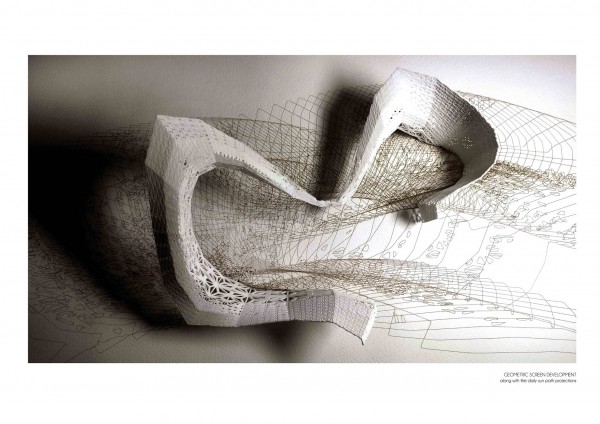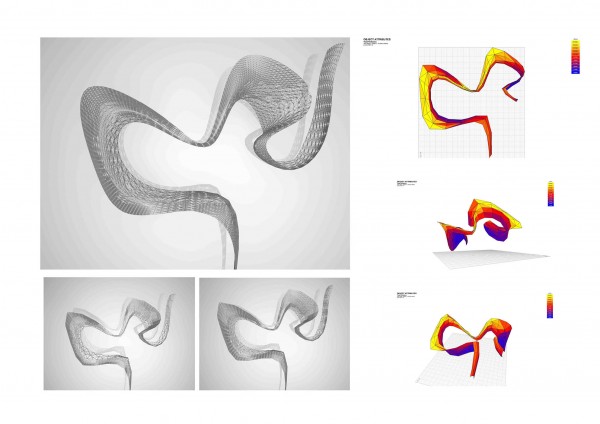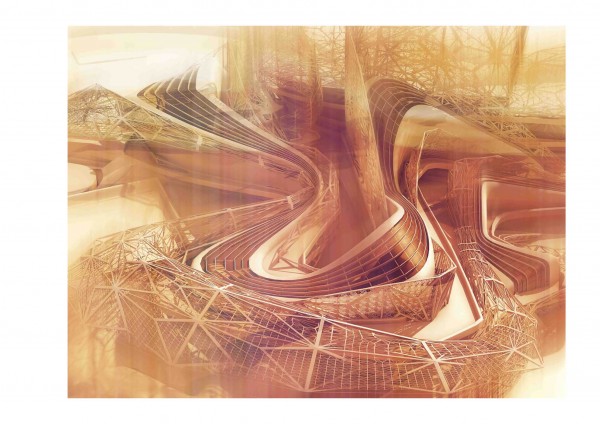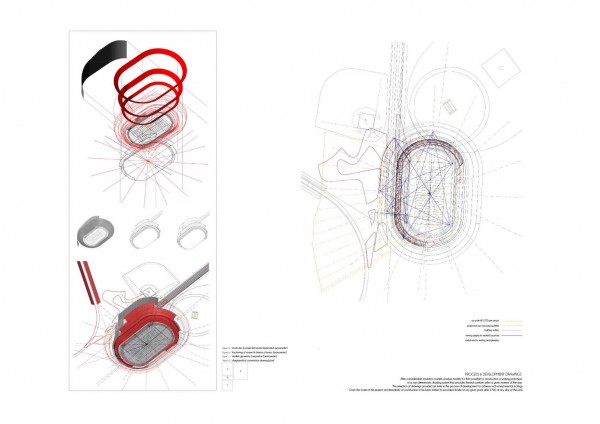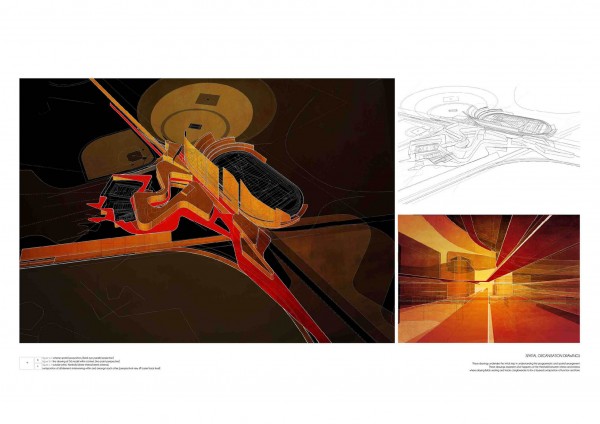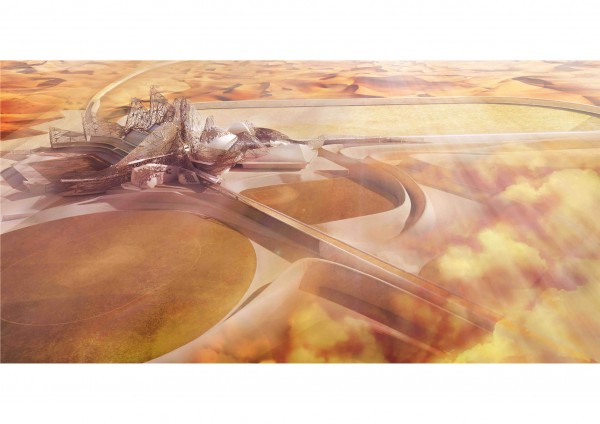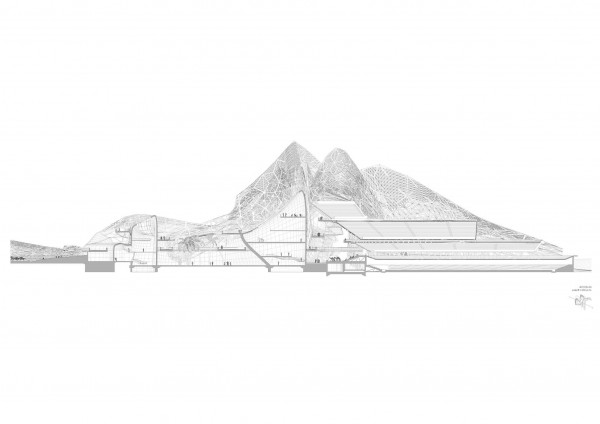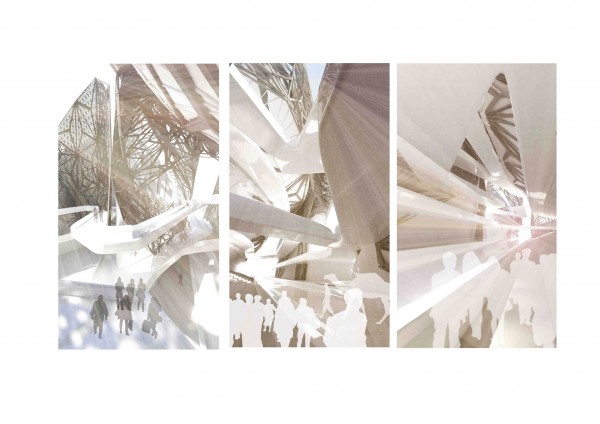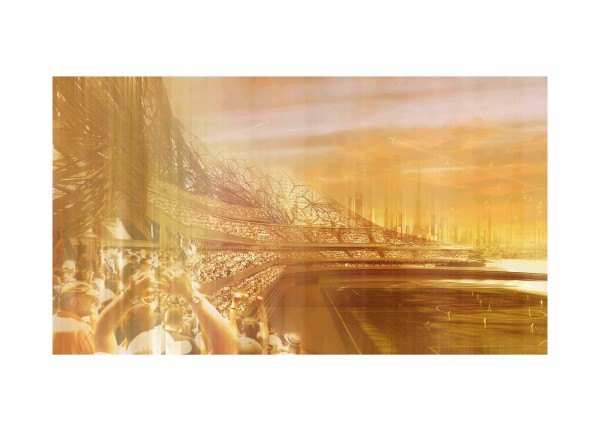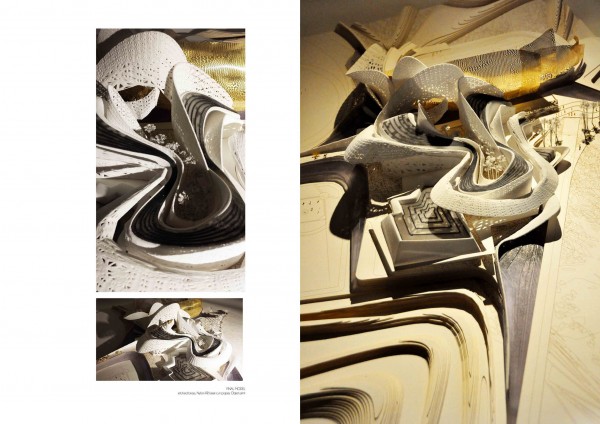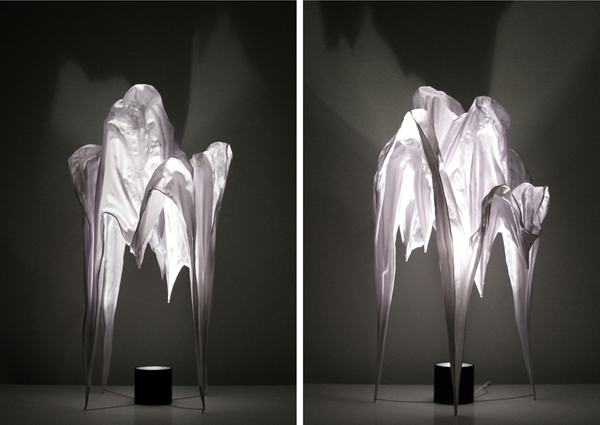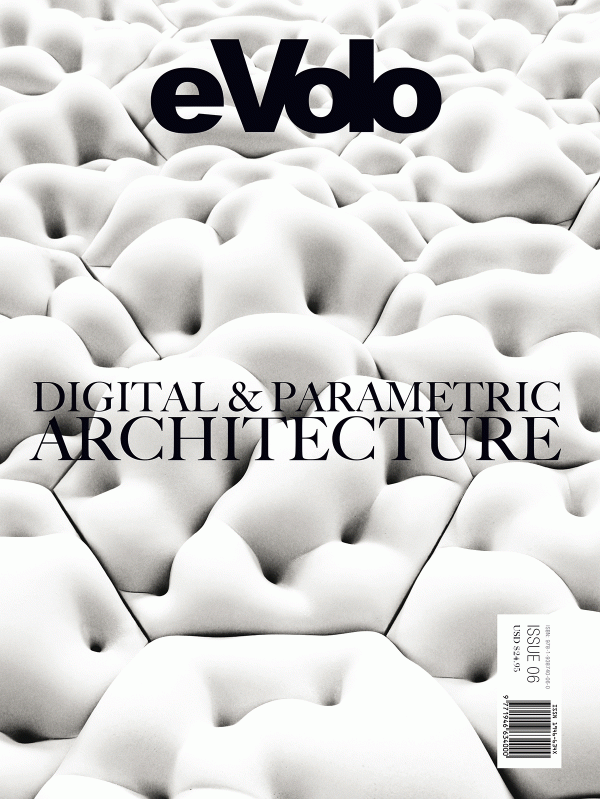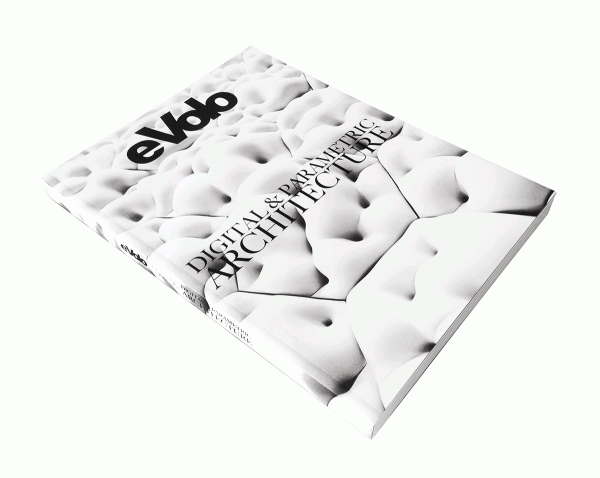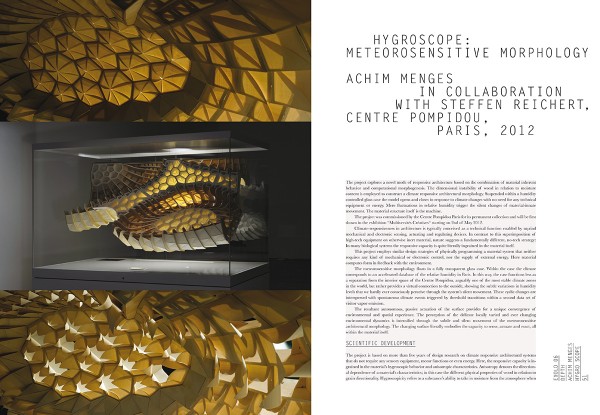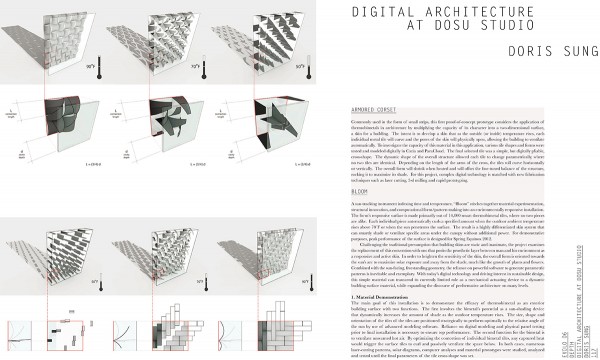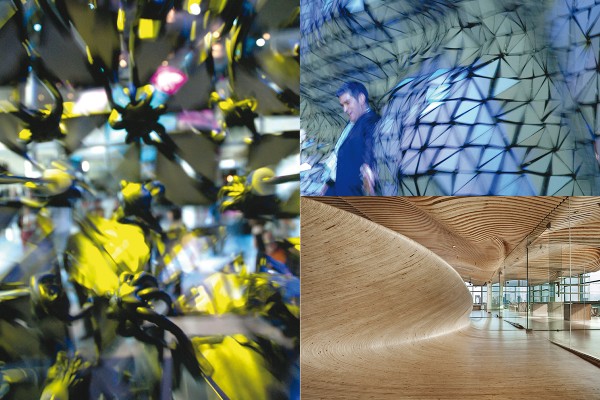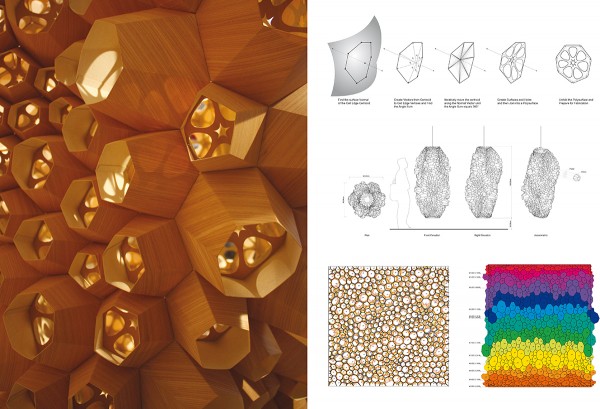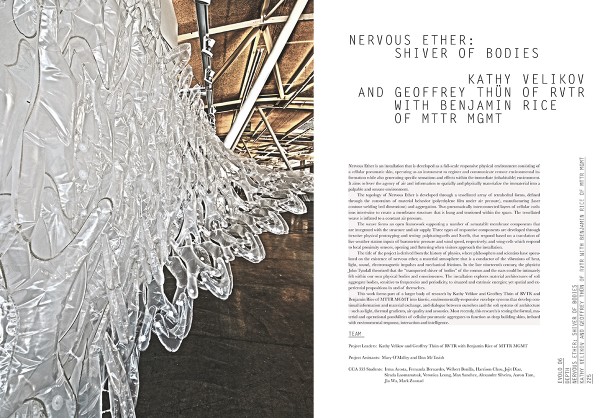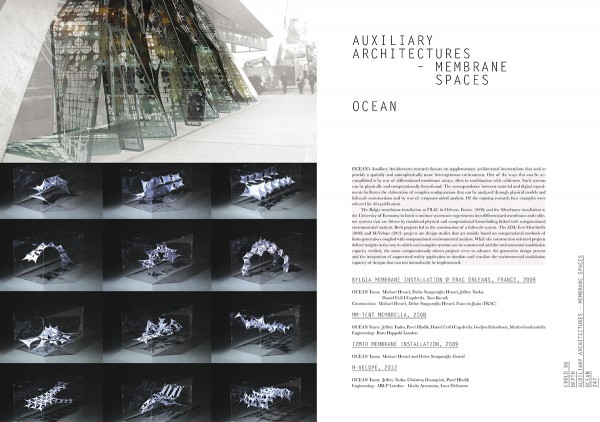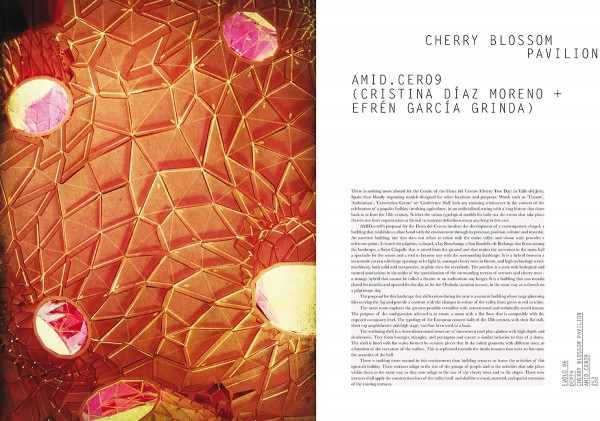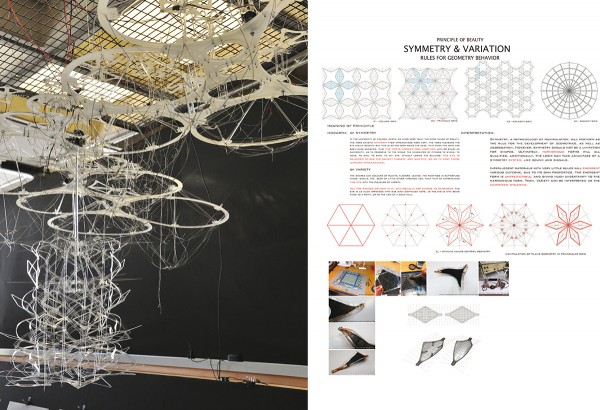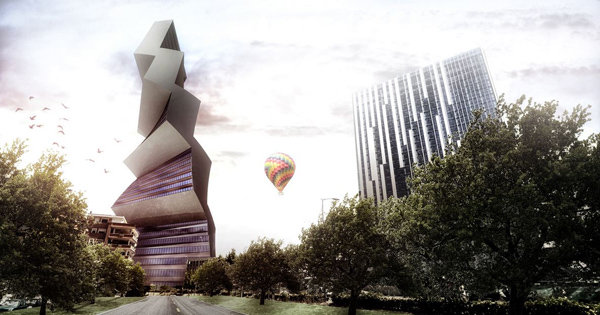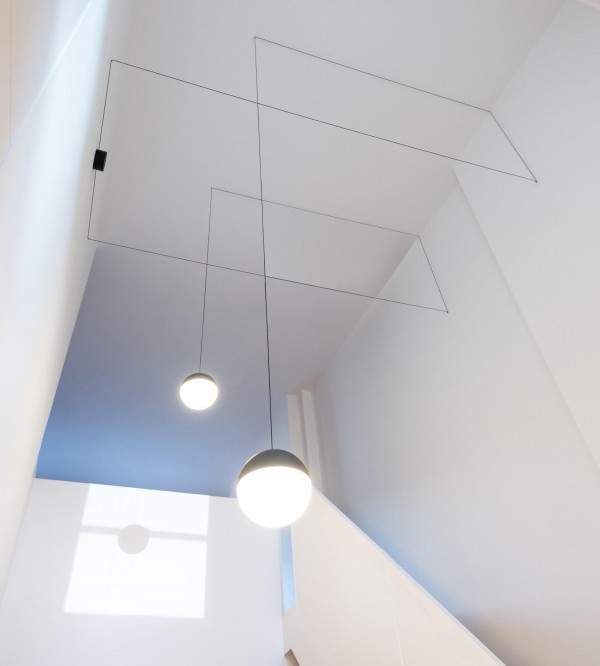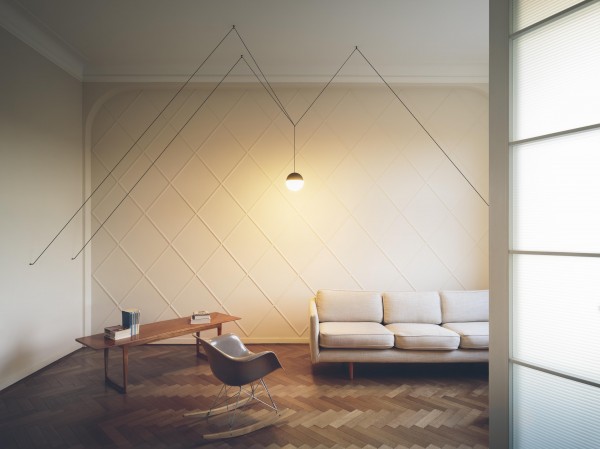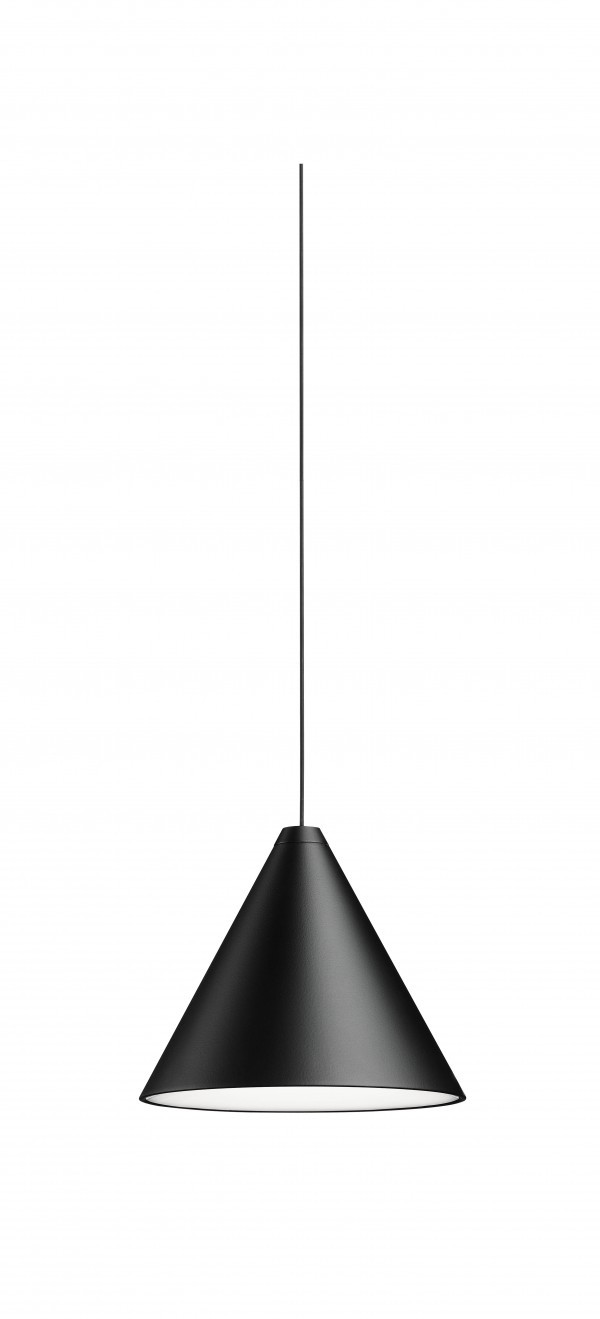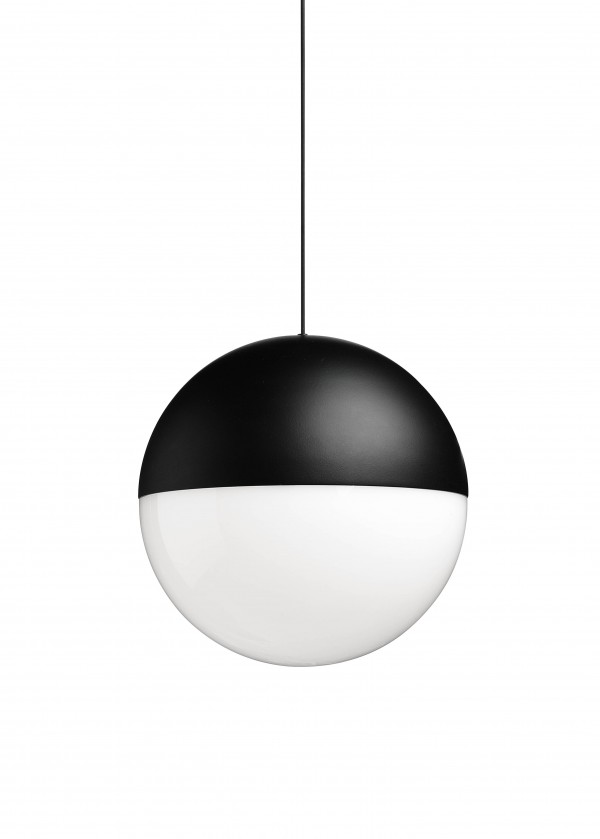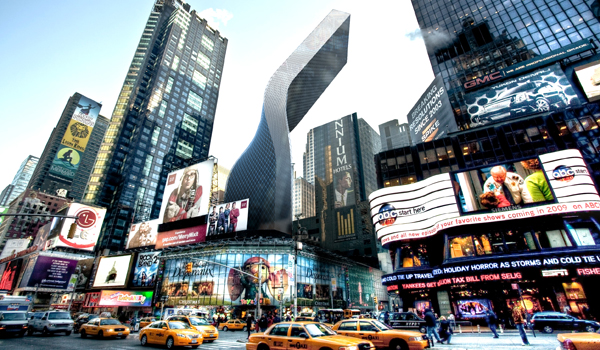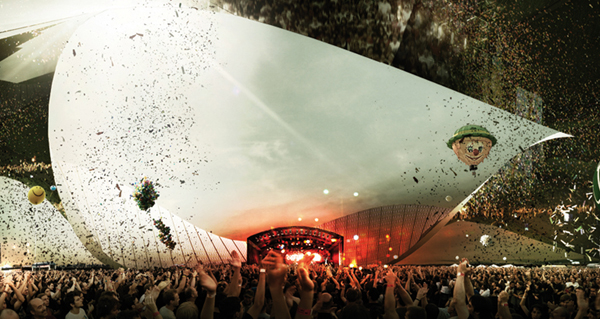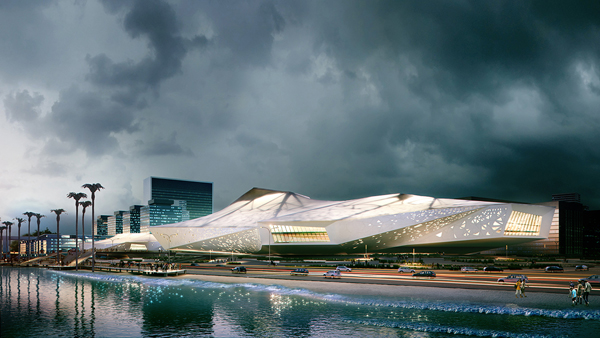The proposal “Sonic Scape” – The House of Hungarian Music, by Aaron Neubert Architects, is conceived as a tribute to the esteemed figures within the influential musical history of Hungary. In the spirit of composers Bela Bartok and Zola Kodaly, HHM will serve as an open, accessible, and flexible venue bringing the vast contemporary and historical traditions to the people, as well as welcoming emerging musical experimentation. The HHM will create a space of immersion in music, yet open to the urban landscape of Budapest and in particular that of the City Park. This proposal therefore serves not only as an experiential and interactive symbol for music, but also as an iconic incubator open to the citizens of Budapest and welcoming various influences. The building’s relationship to the site is developed to encourage park activities to flow through the HHM and conversely music activities, to spill into the park.
Specifically, the project explores two primary experiential objectives, a Measured Landscape and an Occupied Instrument. The first objective being the development of an architecture that acts as a tool to measure, survey, record, and ultimately engage the surrounding landscape – following the trajectory of Bartok and Kodaly’s field endeavors. The second objective is the creation of an immersive architectural experience – inspired by Mierswa & Kluska’s photographs of the interior of musical instruments. These two interests manifest themselves in HHM’s formal appearance, physical relationship to the landscape, and within the interior of the building. With the intention of creating an icon that can uniquely serve the diverse objectives and influences found within the Hungarian musical tradition and the project’s mission, as well as respond to the complexity of the City Park site, the HHM presents varied and evolving facades. References such as vernacular and civic architecture, traditional Hungarian musical instruments, contemporary acoustical geometries, sheet music, a grand piano, and an accordion are all evoked within the building.

